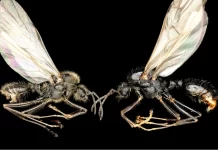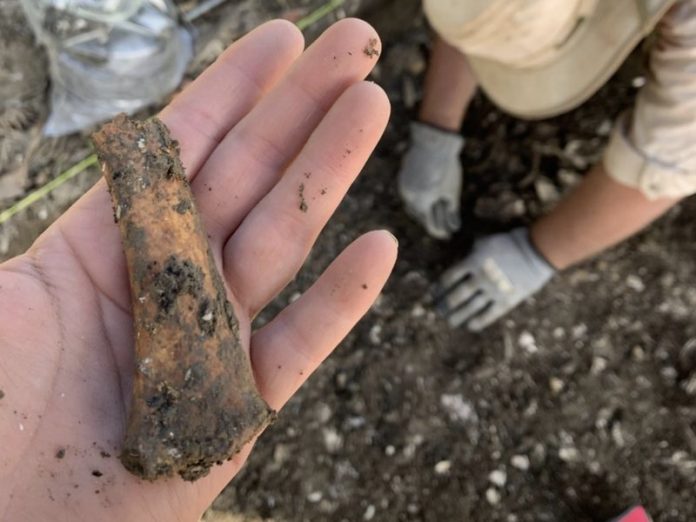Archaeologists from the Maryland Department of Transportation State Highway Administration have discovered a 300-year-old slave quarters on a Jesuit plantation in St. Mary’s County.
The remains, which might date back to around 1700, were found buried in farm fields at Newtowne Neck State Park in Southern Maryland right by an 18th century brick manor once occupied by Jesuit missionaries, according to a news release from the agency Tuesday. St. Mary’s College of Maryland archaeologists also assisted with the discovery. The park where the discovery was made is managed by the Maryland Department of Natural Resources.
The discovery is part of the agency’s involvement with Maryland Rediscovery 400 where archaeologists help locate, promote and interpret Southern Maryland’s history. Metal detectors are being used to pinpoint the locations of early cabins, places where the enslaved left evidence of their lives in broken clay tobacco pipes, ceramic cups and rusty nails.
“The Jesuits were prolific in their record keeping, but very little survived on the enslaved African Americans who worked the fields and served the Catholic Church,” Dr. Julie Schablitsky, MDOT SHA’s chief archaeologist, said in the news release. “If there was ever a place in Maryland that holds the story of diverse cultures converging to find religious freedom in an environment of conflict, sacrifice and survival, it is here.”
Early documents mention the sale of 272 slaves from Maryland in 1838, MDOT SHA said, including those who lived at Newtown Manor. Slave descendants, including Leonardtown resident the Rev. Dante Eubanks, are found across Maryland and the United States.
“To be able to stand in the exact place where my ancestors lived and endured is a powerful experience,” Eubanks said in the news release. “We need to remember these stories, they are important to our history and healing.”
Archaeologists have been working on the project since Oct. 19 and will continue digging through Friday.
The artifacts will then be analyzed to learn more, MDOT SHA said, and all the findings will be incorporated into interpretive signs and materials.





























